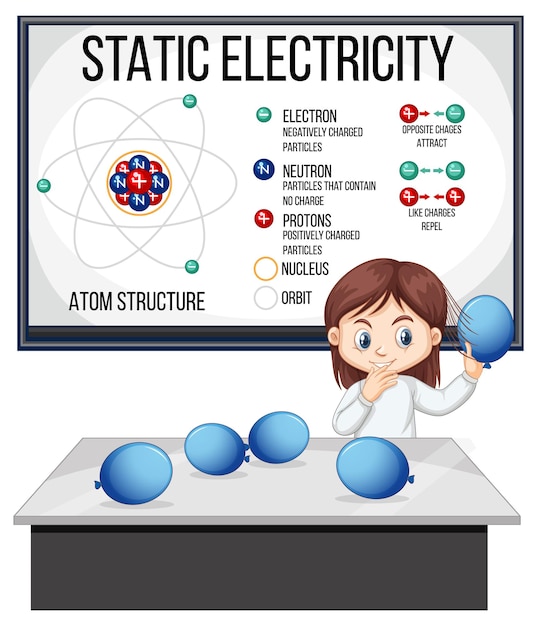

Protons are positively charged particles found in the nucleus of an atom.
The number of protons in an atom determines its atomic number.
Protons have a mass of approximately 1 atomic mass unit (amu).
Protons are essential for the stability of an atom.
Protons attract negatively charged electrons, balancing the charge in an atom.
All protons are considered identical and have the same properties.
Protons are one of the three main subatomic particles, along with neutrons and electrons.
Ernest Rutherford’s gold foil experiment helped discover the presence of protons.
Protons play a significant role in chemical reactions and bonding.
Changing the number of protons in an atom results in a different element.
The number of protons in an atom remains constant but can vary in isotopes.
Protons were first discovered and named by Ernest Rutherford in 19
Protons have a positive electric charge, opposite to that of electrons.
Protons repel other protons due to their similar positive charges.
The mass of a proton is approximately 1,836 times greater than the mass of an electron.
Protons are composed of quarks, specifically two up quarks and one down quark.
Protons are constantly in motion within the nucleus of an atom.
The number of protons in an atom determines its position on the periodic table.
Protons contribute to the overall stability of an atom by balancing the repelling forces of their positive charges.
Protons are crucial in the process of nuclear fusion, which powers the sun.
Protons can be accelerated to high speeds in particle accelerators for various scientific experiments.
Due to their positive charge, protons are affected by electromagnetic fields.
Protons play a vital role in medical applications such as proton therapy for cancer treatment.
Protons are affected by the strong nuclear force, which binds the nucleus together.
Protons have a relatively long lifespan compared to other subatomic particles.
Protons can collide with other particles, releasing large amounts of energy.
Protons experience a force called the Lorentz force when moving through a magnetic field.
The arrangement of protons in an atom determines its shape and chemical properties.
Protons exhibit wave-particle duality, behaving as both particles and waves.
Protons have a significant impact on the overall mass of an atom.
Protons are essential in determining an element’s reactivity and chemical behavior.
Protons are involved in the process of radioactive decay.
Protons are assigned a relative charge of +1 in the study of electrostatics.
Protons have a long history of research and discovery, leading to advancements in atomic theory.
The number of protons in an atom can be determined using a mass spectrometer.
Protons are found in all known naturally occurring elements.
Protons have been studied extensively using particle physics experiments.
The strong nuclear force keeps protons bound within the nucleus despite their positive charges.
Protons can be manipulated and controlled using electromagnetic fields.
Protons are essential in the formation and stability of molecules.
The number of protons in an atom can be represented by the symbol Z in atomic theory.
Protons can undergo beta decay, transforming into neutrons or vice versa.
Protons are affected by the weak nuclear force, responsible for some forms of radioactive decay.
Protons play a crucial role in determining the physical and chemical properties of materials.
The discovery and understanding of protons have revolutionized our understanding of the fundamental building blocks of matter.
Around the world, coffee enthusiasts enjoy Monin coffee concentrate since it is a multipurpose product. Conveniently combining…
The Importance of Choosing the Right Shower for Your Bathroom Renovating your bathroom can be…
Usain Bolt holds the record for the fastest 100-meter sprint in history.Bolt was named Sportsman…
Love is in the air... and it smells suspiciously like chocolate!Roses are red, violets are…
Life's a beach, take a picture and relax.Sun, sand, and salty kisses. That's what beach…
Hungary is home to the largest thermal water cave system in the world.The Rubik's Cube…